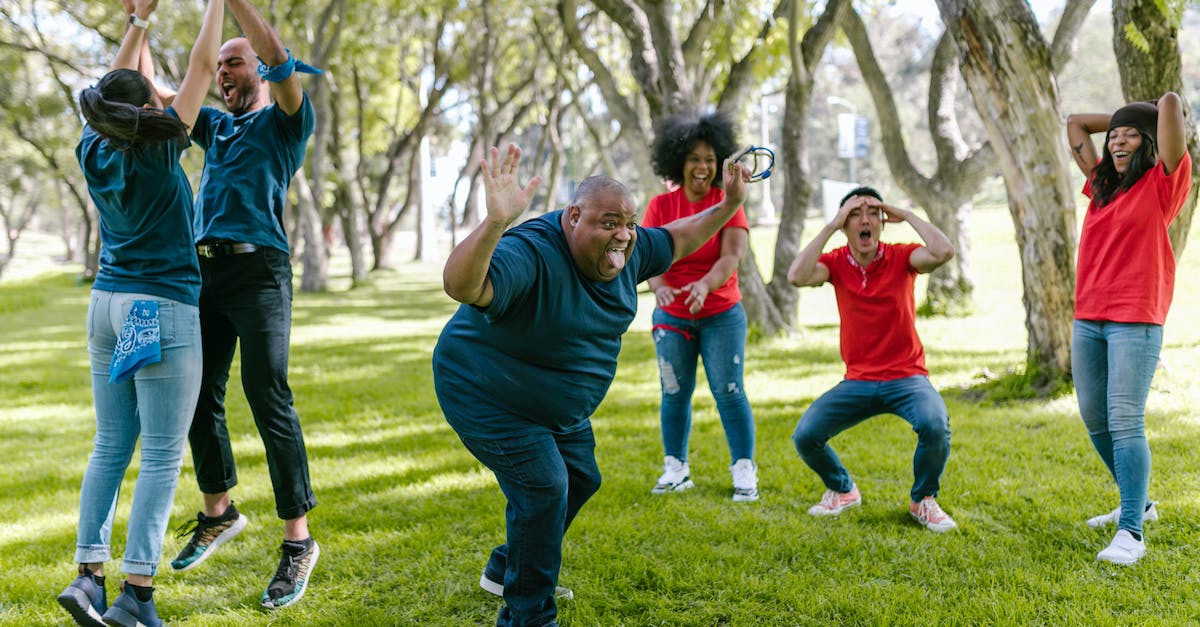When it comes to corporate volunteering in park conservation, we are not just talking about giving back to the community; we’re talking about building stronger teams and fostering a sense of purpose.
Our article delves into the impactful synergy between corporate engagement and environmental stewardship.
By participating in park conservation efforts, we not only contribute to the preservation of natural habitats but also cultivate teamwork, leadership skills, and a shared commitment to sustainability.
Join us as we explore how corporate volunteering initiatives can make a difference in both our communities and our organizations.
Key Takeaways
- Corporate volunteering in park conservation not only gives back to the community but also builds stronger teams, fosters leadership skills, and instills a sense of purpose.
- Engaging in outdoor activities together leads to better collaboration, trust, and respect among team members, creating a more cohesive work environment.
- Volunteering in park conservation provides opportunities for individuals to develop leadership qualities, problem-solving skills, and teamwork abilities.
- Corporate engagement in park conservation contributes significantly to environmental sustainability by preserving natural habitats, improving air quality, and fostering a culture of eco-friendliness.
- Incorporating park conservation in corporate social responsibility initiatives enhances team building, boosts morale, and improves company reputation, creating a positive impact on both the company culture and the environment.

Benefits of Corporate Volunteering in Park Conservation
Corporate volunteering in park conservation offers team-building opportunities. Engaging in outdoor activities together can foster stronger connections among team members. It boosts morale and encourages collaboration.
Participating in park conservation also develops leadership skills. Taking on responsibilities, such as organizing tasks or leading projects, helps individuals grow as effective leaders within the team.
Corporate volunteering instills a sense of purpose. Contributing to environmental conservation efforts fosters a shared commitment to sustainability and community well-being.
By volunteering in park conservation, companies not only give back to the community but also nurture their teams and make a positive impact on the environment.
For more information on the benefits of corporate volunteering, visit National Park Service and Deloitte’s Impact Survey.
Team Building through Environmental Stewardship
When we come together to volunteer in park conservation, we’re not just helping the environment—we’re also strengthening our teams. Working side by side in the great outdoors fosters communication and camaraderie, leading to better collaboration back at the office.
By facing challenges together, whether it’s planting trees or cleaning up trails, we learn to rely on each other’s strengths. This shared experience builds trust and respect among team members, creating a more cohesive and productive work environment.
To learn more about the positive impacts of team building through corporate volunteering, visit the National Park Service and Deloitte’s Impact Survey.

Developing Leadership Skills in Conservation Efforts
At its core, corporate volunteering in park conservation is more than just giving back – it’s about developing leadership skills within teams. When we engage in conservation activities, we have the opportunity to step into leadership roles, guiding and motivating our colleagues.
Leading a trail cleanup or tree planting not only benefits the environment but also helps us grow as leaders. Taking charge during conservation efforts builds confidence and strengthens decision-making abilities. It’s a chance for us to inspire others and lead by example.
Embracing leadership in conservation work nurtures essential skills like problem-solving and teamwork. Facing challenges together in a natural setting allows us to think on our feet and collaborate effectively.
To explore more about how leadership skills are honed through corporate volunteering, visit the National Park Service’s resources on leadership development.
Impact of Corporate Engagement on Environmental Sustainability
When corporations engage in volunteering for park conservation, the impact on environmental sustainability is significant. We contribute to preserving natural habitats and biodiversity. By planting trees and cleaning up parks, we help improve air quality and protect wildlife. Corporate involvement in conservation efforts plays a crucial role in ensuring a greener future for generations to come.
Through corporate volunteering, we instill a sense of environmental responsibility in employees. This engagement fosters a culture of sustainability within teams and organizations. By participating in park conservation, we not only give back to the community, but also educate and inspire others to embrace eco-friendly practices. Join us in making a positive environmental impact through corporate volunteering.
For further insights on environmental sustainability, visit National Park Service’s conservation initiatives.

Advantages of Incorporating Park Conservation in Corporate Social Responsibility
When businesses engage in park conservation as part of their corporate social responsibility, it brings a myriad of benefits. Let’s investigate into why this practice is so important for both companies and the environment.
It fosters team building: Working together in park conservation activities can strengthen team dynamics and improve communication among employees.
Boosts morale and engagement: Participating in environmental initiatives can increase employee satisfaction and motivation while fostering a sense of pride in contributing to a greener world.
Enhances company reputation: By demonstrating a commitment to sustainability and environmental conservation, businesses can bolster their corporate image, attracting like-minded customers and investors.
Incorporating park conservation into corporate social responsibility initiatives is a win-win for all involved, creating a positive impact on both the company culture and the world around us.
Check out these resources from the Environmental Protection Agency and World Wildlife Fund for more insights.

